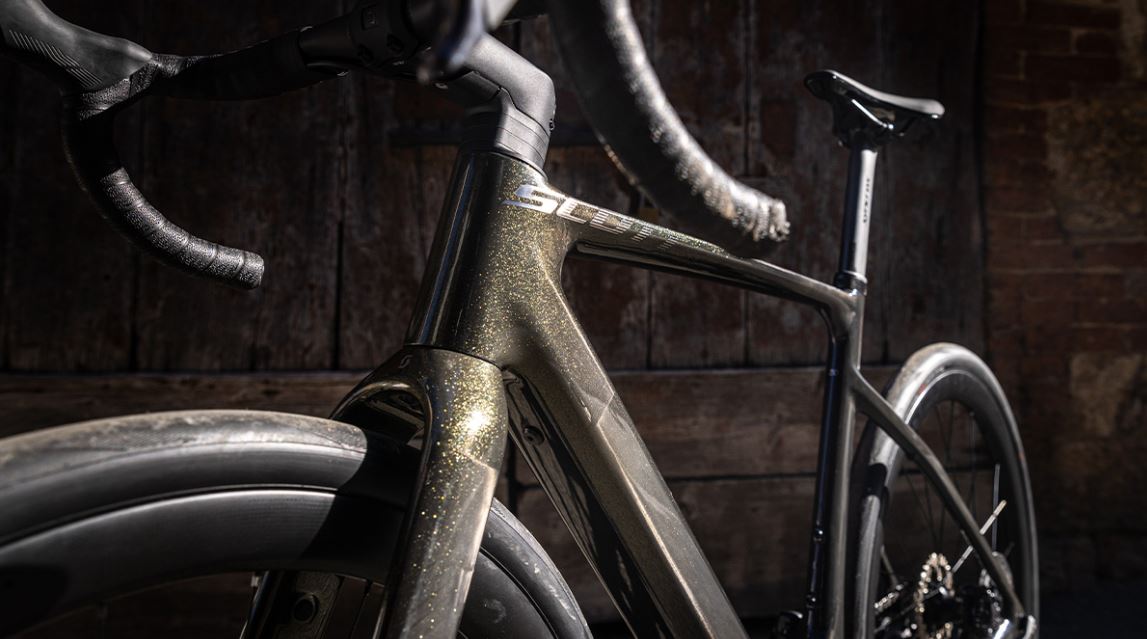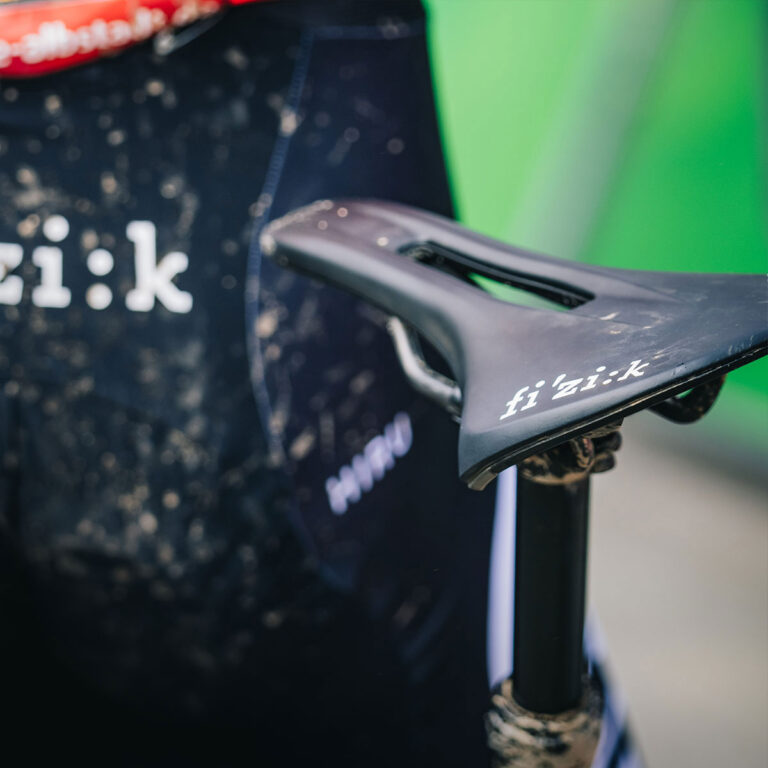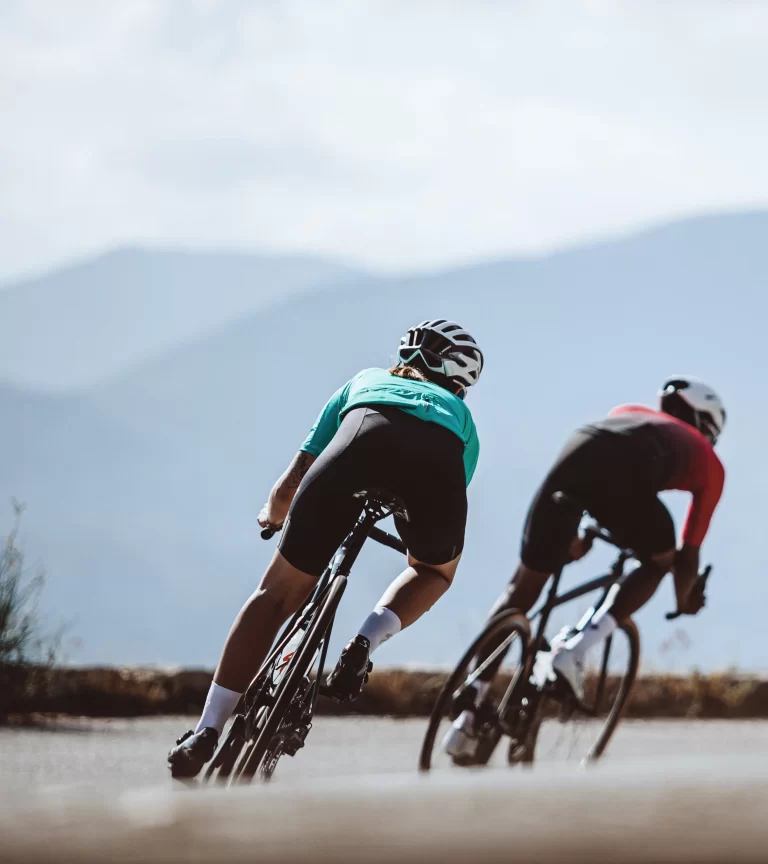Saddle Positioning for Gravel Biking Comfort: Insights from a Master Cyclist
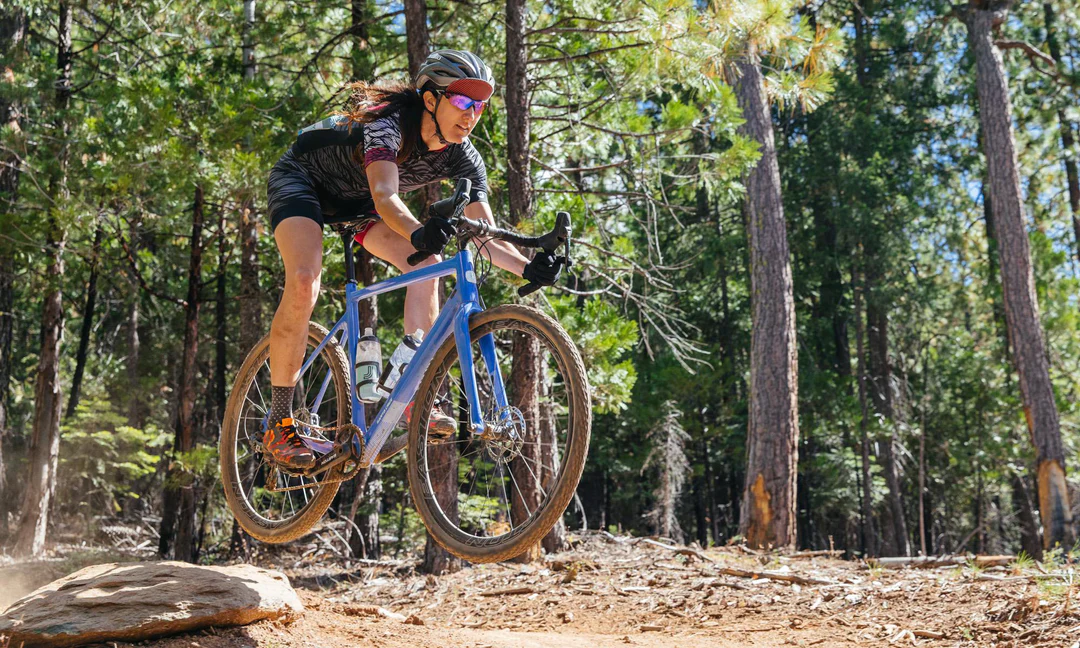
Key Point Summary of Saddle Positioning for Gravel Biking Comfort:
- Saddle Height: Optimal height allows for a slight bend in the knee at the bottom of the pedal stroke.
- Saddle Fore/Aft Position: Align your knee over the pedal spindle when the crank is horizontal to maximize efficiency and comfort.
- Tilt: A neutral tilt is a good starting point, but slight adjustments can be made for personal comfort.
- Saddle Choice: The right saddle width supports your sit bones without causing pressure points.
- Trial and Error: Expect to make several adjustments and test rides to find your perfect setup.
Hey there! I’ve been around the block a few times—mountain biking, gravel grinding, cyclocross racing, you name it. Through the years, I’ve learned that whether you’re crunching miles on gravel or weaving through a cyclocross course, comfort is king. And a lot of that comfort comes down to how you’ve got your saddle positioned. So, let’s dive into the nitty-gritty of saddle positioning for gravel biking, aimed at helping you, my fellow beginner to mid-level cyclists, enjoy those long rides a little more.
Diving Deeper into Comfort and Efficiency
Finding the Right Saddle Height
Saddle height is the cornerstone of a comfortable ride. Too high, and you’ll be reaching for the pedals, leading to hip rocking and potential injuries. Too low, and you’ll feel cramped, with your knees bearing the brunt of the ride. The magic spot? It allows for a slight bend in your knee at the bottom of your pedal stroke. I remember adjusting my saddle mid-ride during a particularly grueling gravel race, and that small tweak made all the difference.
The Fore/Aft Dance
The fore/aft position is all about balance and efficiency. You want your knee to be over the pedal spindle when the crank is at 3 o’clock. This isn’t just about comfort; it’s about power. I once had my saddle too far back during a cyclocross race. My starts were sluggish, and it took me half the season to realize why. Adjusting my saddle forward transformed my ability to explode off the line.
To Tilt or Not to Tilt
Saddle tilt can be a bit of a personal preference, but it’s crucial for avoiding unnecessary pressure. A neutral tilt is a great starting point, but listen to your body. If you’re constantly sliding forward, a slight upward tilt can help. Conversely, if you’re feeling pressure on the front, tilting it down may provide relief. During a long mountain bike ride, I found myself constantly adjusting in the saddle. A minor tilt adjustment afterwards made my next ride significantly more comfortable.
The Right Saddle Makes a Right Ride
Saddle choice is deeply personal and can greatly affect your comfort. Width is key—too narrow, and you’ll be sitting on soft tissue rather than your sit bones; too wide, and you might experience chafing. I’ve gone through more saddles than I’d like to admit before finding the one that felt like it was made for me. It was a game-changer for my gravel rides.

Trial, Error, and Patience
Perfecting your saddle positioning is a journey. I’ve spent countless hours tweaking, adjusting, and test riding. And just when I think I’ve got it dialed in, a new bike or a different style of riding can send me back to the drawing board. But that’s part of the fun, right? Each adjustment is a step towards a more enjoyable ride.
Wrapping It Up
In wrapping up the insights from my journey and experiences with gravel biking, the quest for the best gravel bike saddle is highly individual, hinging on finding a balance between comfort, performance, and personal anatomy. However, a saddle that frequently emerges as a top contender for many riders, including myself, is one that combines a supportive structure for the sit bones, a forgiving padding to absorb the vibrations and bumps of gravel roads, and a shape that promotes freedom of movement without causing chafing or pressure points.
A saddle that checks these boxes tends to have a moderate width to accommodate a range of sit bone widths, a slight curvature to match pelvic anatomy, and a cut-out or relief channel to reduce pressure on soft tissue. Materials are also crucial; look for durable cover materials and flexible, yet sturdy shell materials, complemented by rails that can dampen vibrations (such as titanium or carbon).
While I refrain from naming a single best saddle due to the personal nature of this component, brands like Specialized with their Power models, WTB with their Volt or Silverado lines, and Selle Italia with their SLR Boost Gravel have received high praise from many in the gravel community for their comfort and performance on long rides.
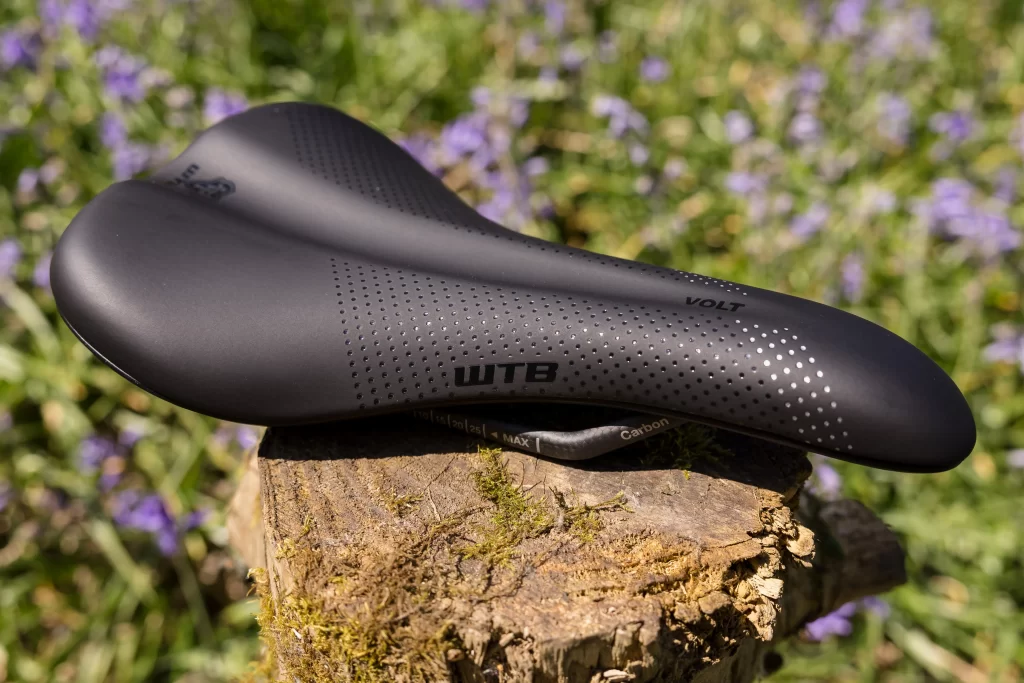
The key takeaway from my experiences is to focus on saddles designed with gravel-specific features—such as those mentioned above—while also being willing to experiment and listen to your body’s feedback. A saddle that might be perfect for one rider could be uncomfortable for another, so taking advantage of demo programs or seeking recommendations based on your riding style and physiology is invaluable.
Happy riding!
John

FAQ
How can I make my gravel bike more comfortable?
- Ensure proper saddle height for efficient pedaling without overextension.
- Choose a saddle that supports your sit bones and has a relief channel to reduce pressure.
- Adjust handlebar height and reach for a relaxed upper body position.
- Use wider, lower-pressure tires for better shock absorption.
- Consider adding gel pads or bar tape for additional comfort on the handlebars.
What is the most comfortable saddle position?
- Is at a height where your knee has a slight bend at the bottom of the pedal stroke.
- Is fore/aft aligned so your knee is directly above the pedal spindle when the pedal is at 3 o’clock.
- Has a tilt that feels natural to your body, usually level or slightly tilted to relieve pressure.
How should I be positioned on a gravel bike?
- Should be slightly more upright than a road bike for better control and comfort over uneven surfaces.
- Handlebars should allow for a comfortable reach, reducing strain on your back, shoulders, and arms.
- Weight distribution should be balanced to easily shift your weight for maneuvering over obstacles.
What is the proper riding position on a comfort bike?
- Is upright to reduce strain on your back, neck, and shoulders.
- Ensures feet can touch the ground when seated for stability and confidence.
- Includes a relaxed grip on the handlebars and elbows slightly bent to absorb shocks.
